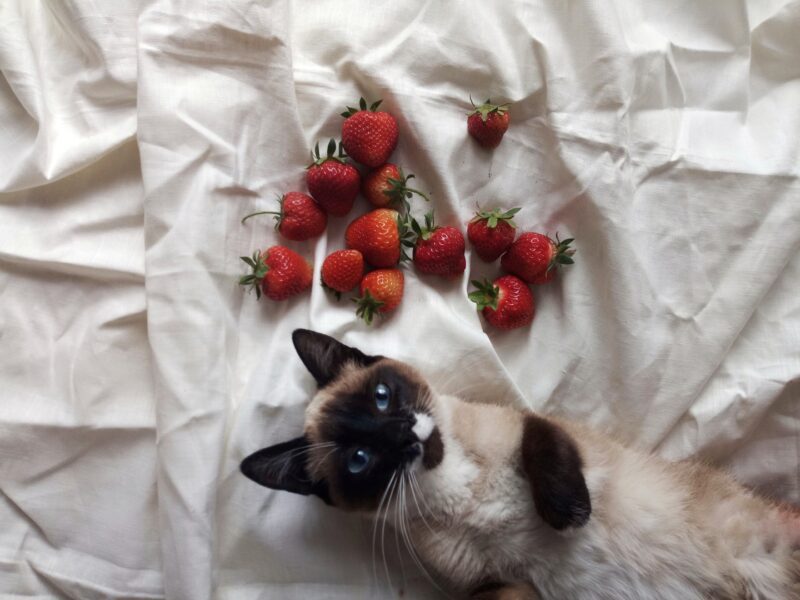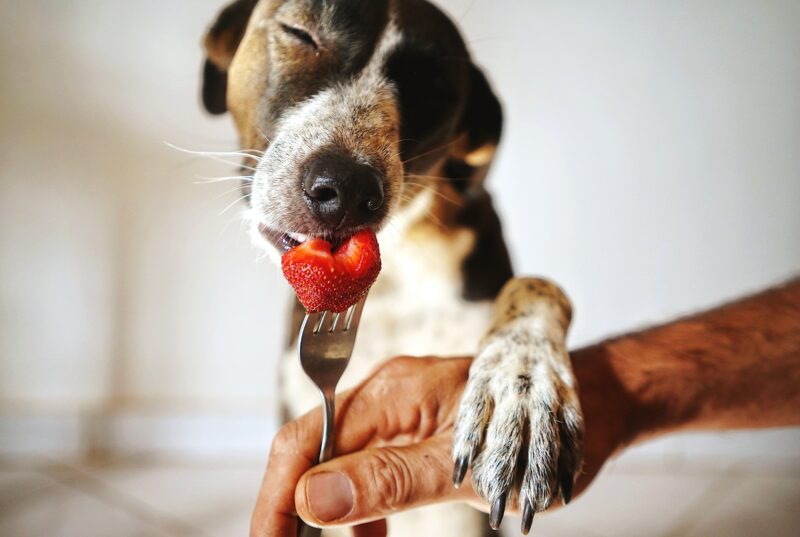When it comes to treating our pets, incorporating fruits into their diet can be a delightful and nutritious experience. However, not all fruits are created equal, and it’s crucial to navigate the world of pet-friendly options. In this comprehensive guide, we will explore a variety of fruits that are safe for dogs, cats, and small mammals. From the nutritional benefits to appropriate serving sizes, let’s uncover the fruity delights that can enhance your pet’s diet and bring joy to their taste buds.
Section 1: Safe Fruits for Dogs

1.1 Apples:
- Apples are a crunchy and hydrating treat for dogs. They are a good source of vitamins A and C, as well as fiber. Ensure to remove the seeds and core, and slice them into bite-sized pieces for safe consumption.
1.2 Bananas:
- Rich in potassium and vitamins, bananas make for a healthy and energy-boosting snack for dogs. They are easy to digest and can be given in moderation. Peel and slice the banana before offering it to your furry friend.
1.3 Blueberries:
- Packed with antioxidants, blueberries are an excellent choice for dogs. They contribute to overall immune system health and can be served fresh or frozen. Just be mindful of portion sizes, especially for smaller breeds.
1.4 Strawberries:
- Strawberries are a tasty source of vitamin C and antioxidants for dogs. Remove the stems and cut them into small, manageable pieces. Offer strawberries as an occasional treat to complement their regular diet.
1.5 Watermelon:
- Watermelon, with its high water content, can be a refreshing treat for dogs. Ensure to remove the seeds and rind, and serve in moderation. The hydrating properties make it an ideal option, especially on hot days.
Section 2: Safe Fruits for Cats

2.1 Pumpkin:
- While often associated with fall, pumpkin is a year-round treat for cats. It is rich in fiber and can aid in digestion. Serve plain, cooked pumpkin in small amounts to prevent digestive upset.
2.2 Cantaloupe:
- Cantaloupe is a hydrating fruit that cats may enjoy in moderation. Remove the seeds and rind, and offer small, bite-sized pieces. The natural sweetness can make it a delightful occasional treat.
2.3 Mango:
- Mango, when served without the pit and skin, can be a safe and tasty treat for cats. It contains vitamins A and C, contributing to overall feline health. Dice the mango into small pieces for easy consumption.
2.4 Blueberries:
- Like for dogs, blueberries are safe for cats and provide antioxidants. Offer them as a snack or mix a few into their regular food. As with any treat, moderation is key to maintaining a balanced diet.
2.5 Cranberries:
- Fresh cranberries, in small amounts, can be a source of antioxidants for cats. However, due to their tartness, many cats may not find them appealing. It’s advisable to introduce cranberries gradually and observe your cat’s preference.
Section 3: Safe Fruits for Small Mammals
3.1 Apples (for Rabbits and Guinea Pigs):
- Apples, minus the seeds and core, make a tasty and fiber-rich treat for rabbits and guinea pigs. Cut them into small, manageable pieces to prevent choking hazards. The chewing action also supports dental health.
3.2 Bananas (for Hamsters and Gerbils):
- Hamsters and gerbils can enjoy small amounts of banana as a treat. Ensure to remove the peel and offer it in moderation due to its natural sugar content. Watch for any signs of digestive upset.
3.3 Strawberries (for Ferrets):
- Ferrets can benefit from the vitamin C content in strawberries. Remove the stems and offer them in small quantities. Keep in mind that ferrets have specific dietary needs, so fruits should complement their balanced diet.
3.4 Grapes (for Rats):
- Rats can enjoy grapes in moderation. Ensure to cut them into smaller pieces to prevent choking. While grapes are safe for rats, they should be given as an occasional treat due to their sugar content.
3.5 Blueberries (for Chinchillas):
- Chinchillas can enjoy the antioxidant-rich benefits of blueberries. Offer them in moderation, as excessive fruit consumption may lead to digestive issues. Blueberries can be a flavorful addition to their regular diet.
Section 4: General Tips for Serving Fruits to Pets

4.1 Remove Seeds, Pits, and Cores:
- Before offering fruits to your pets, ensure to remove any seeds, pits, or cores. These parts can be a choking hazard or contain compounds that are harmful to pets.
4.2 Introduce Fruits Gradually:
- Introduce new fruits to your pet’s diet gradually, especially if they haven’t tried them before. Monitor for any signs of allergies or digestive upset, and consult with a veterinarian if you have concerns.
4.3 Watch for Allergic Reactions:
- Keep an eye out for any allergic reactions, such as itching, swelling, or gastrointestinal distress. If you observe any adverse reactions, discontinue the fruit and seek veterinary advice.
4.4 Serve in Moderation:
- While fruits offer nutritional benefits, they should be served in moderation. Fruits contain natural sugars, and excessive consumption may lead to weight gain or digestive issues.
4.5 Consult with Veterinarians:
- Before introducing new fruits to your pet’s diet, consult with your veterinarian. They can provide personalized advice based on your pet’s individual health needs, ensuring a balanced and safe approach to treats.
Conclusion:
Incorporating pet-friendly fruits into your furry friend’s diet can be a tasty and nutritious way to enhance their overall well-being. From the crunchy delight of apples to the juicy sweetness of watermelon, the world of fruits offers a variety of options for different pets. By understanding the nutritional benefits and appropriate serving sizes, you can treat your beloved companions to fruity delights that contribute to their happiness and health.












